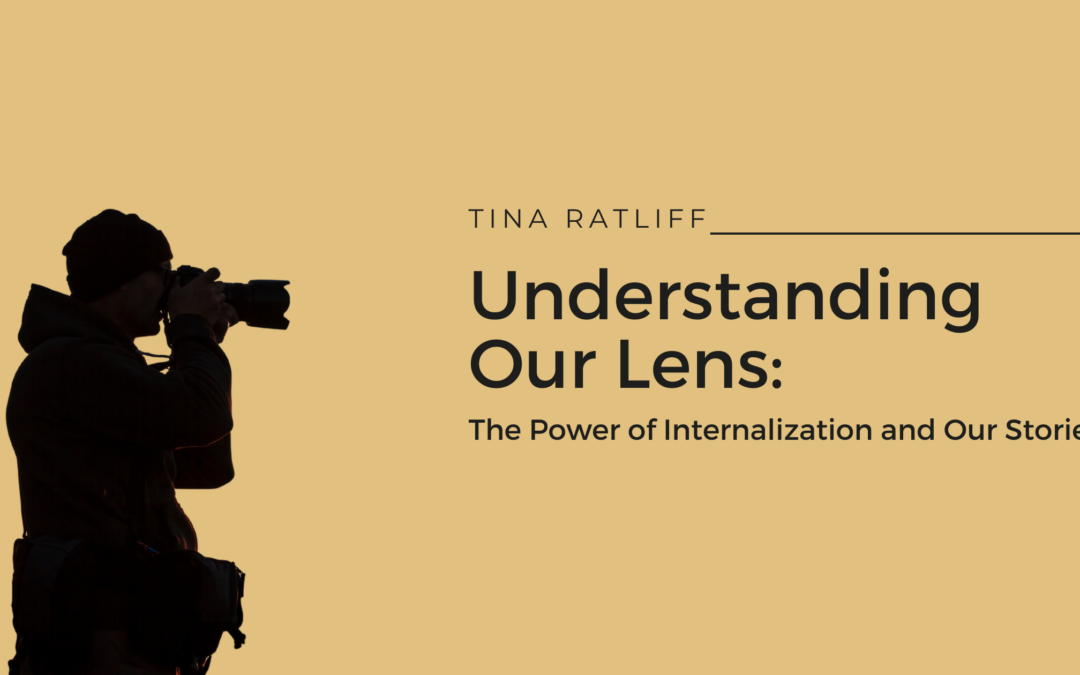Hey there, friends! Grab your favorite cup of coffee or tea, and let’s dive into a topic that shapes the way we perceive ourselves and the world around us. Today, we’re going to talk about internalization and how our unique lens colors our experiences. So, let’s get started!
First things first, I’ll share a bit about myself. My name is Tina, and I’m the youngest of two sisters. I come from a family where I experienced the challenges of having a depressed and borderline mom. Chaos of abuse surrounded me. Neglect was also a prevalent theme in my life. Our birth order and family dynamics play a significant role in shaping who we are today. Similarly, each one of us carries a lens through which we view life. This lens is shaped by various factors such as our roles in our families of origin, the tragedies we’ve encountered, and the stories we’ve told ourselves based on our experiences.
Now, let’s talk about an important concept from the field of psychology—internalization. You see, we all have our unique lens through which we perceive life. My lens is different from yours, and yours is different from your friend or spouse. As we grow up, we internalize the messages and narratives that surround us. These messages came from our families, friends, society, and even our own self-talk unique to our personality. They become the stories we tell ourselves, true or not. Consequently, when new situations or information enter our lives, they are filtered through this lens. Our internalized stories influence how we perceive ourselves and the world and therefore how we navigate life.
Our childhood experiences shape us and become the stories we tell ourselves. These stories influence how we see ourselves and the world around us. When situations or information come into our lives, they pass through this lens, colored by our stories—whether true or not. These stories become our reality until we internalize new, accurate, redeemed, and healed narratives.
Now that you’ve learned a little about how we shape our lens, take a moment to reflect on your own experiences. Consider the stories you’ve internalized and how they have influenced your perception of yourself and the world. Once these stories are brought to the surface and processed, they can be transformed. We have the power to internalize a new story, one that is accurate, redeemed, and aligned with our true selves.
As we journey together, exploring relational and personal growth, it’s crucial to be aware of the lens through which we see ourselves and the world. By recognizing our internalized stories and understanding their impact, we can begin to rewrite our narratives and embrace a more authentic and empowered version of ourselves. We can avoid the knee-jerk reactions that create relational problems for ourselves. It is said that “our past isn’t past. It isn’t even over yet.” Cleaning our lens will pave the path toward a healthy, unencumbered future.
Now that we’ve laid the groundwork for understanding our internalized stories, we can embark on a journey of exploration and growth together. Stay tuned for our next blog post, where we’ll explore the four essential areas of life that contribute to our growth and desired outcomes.

